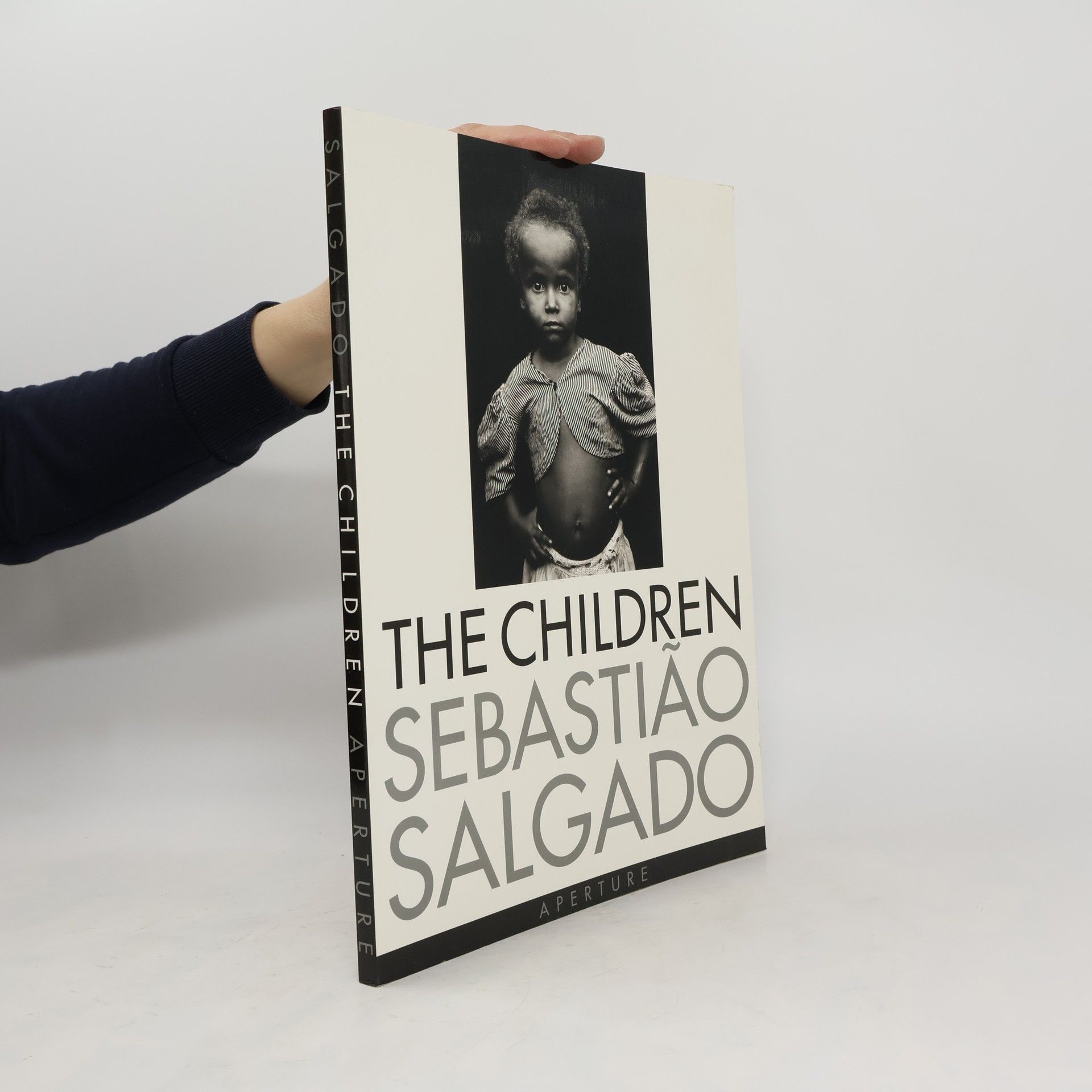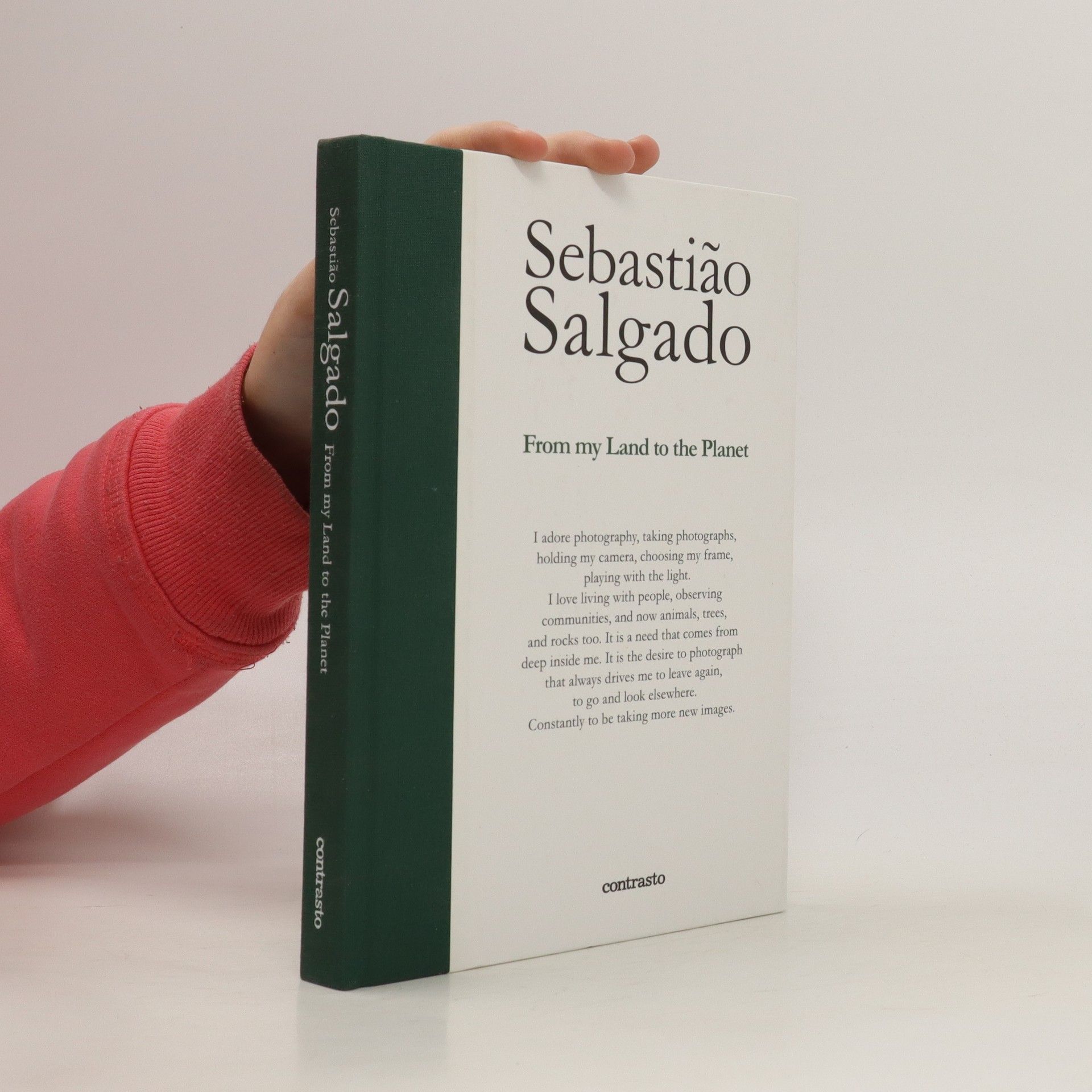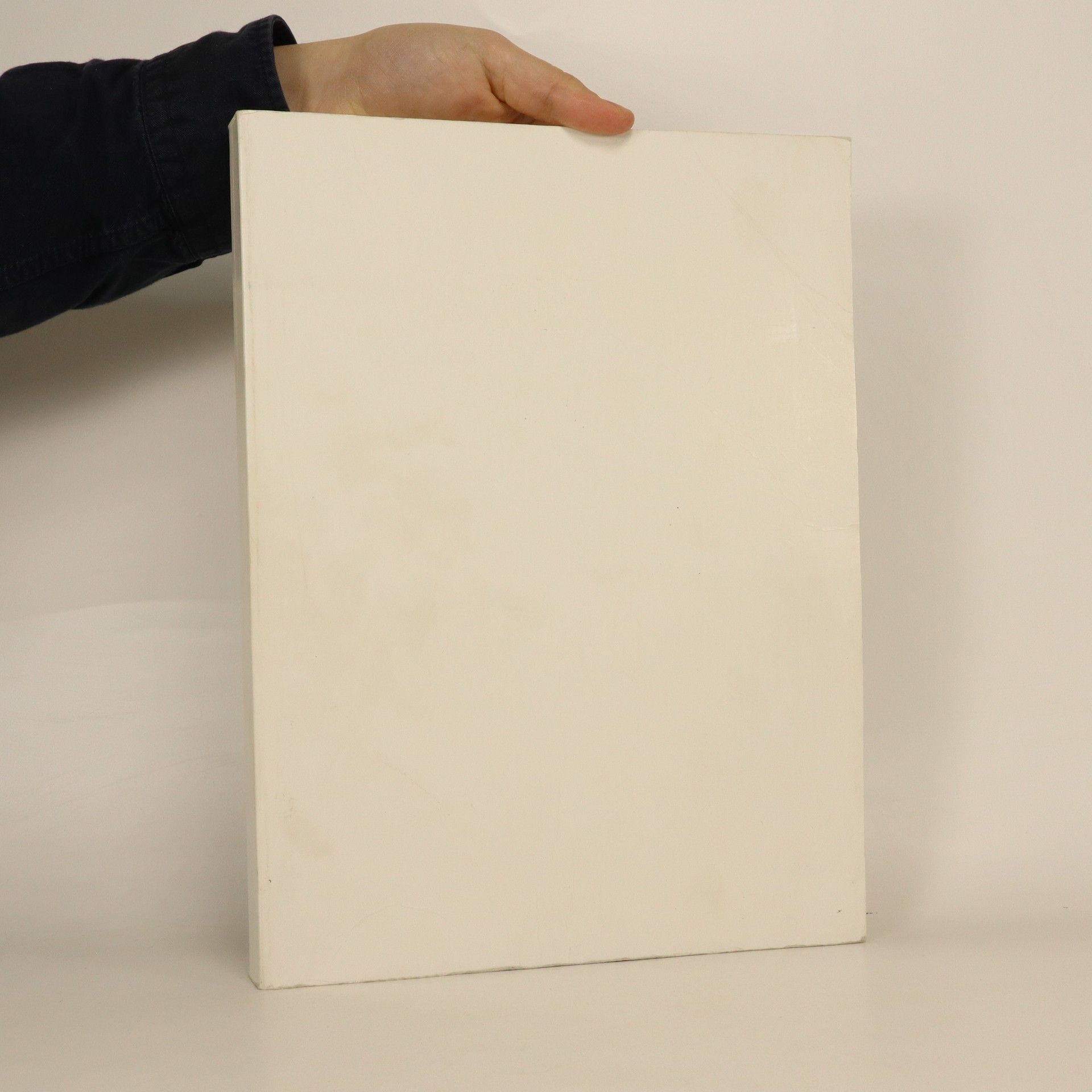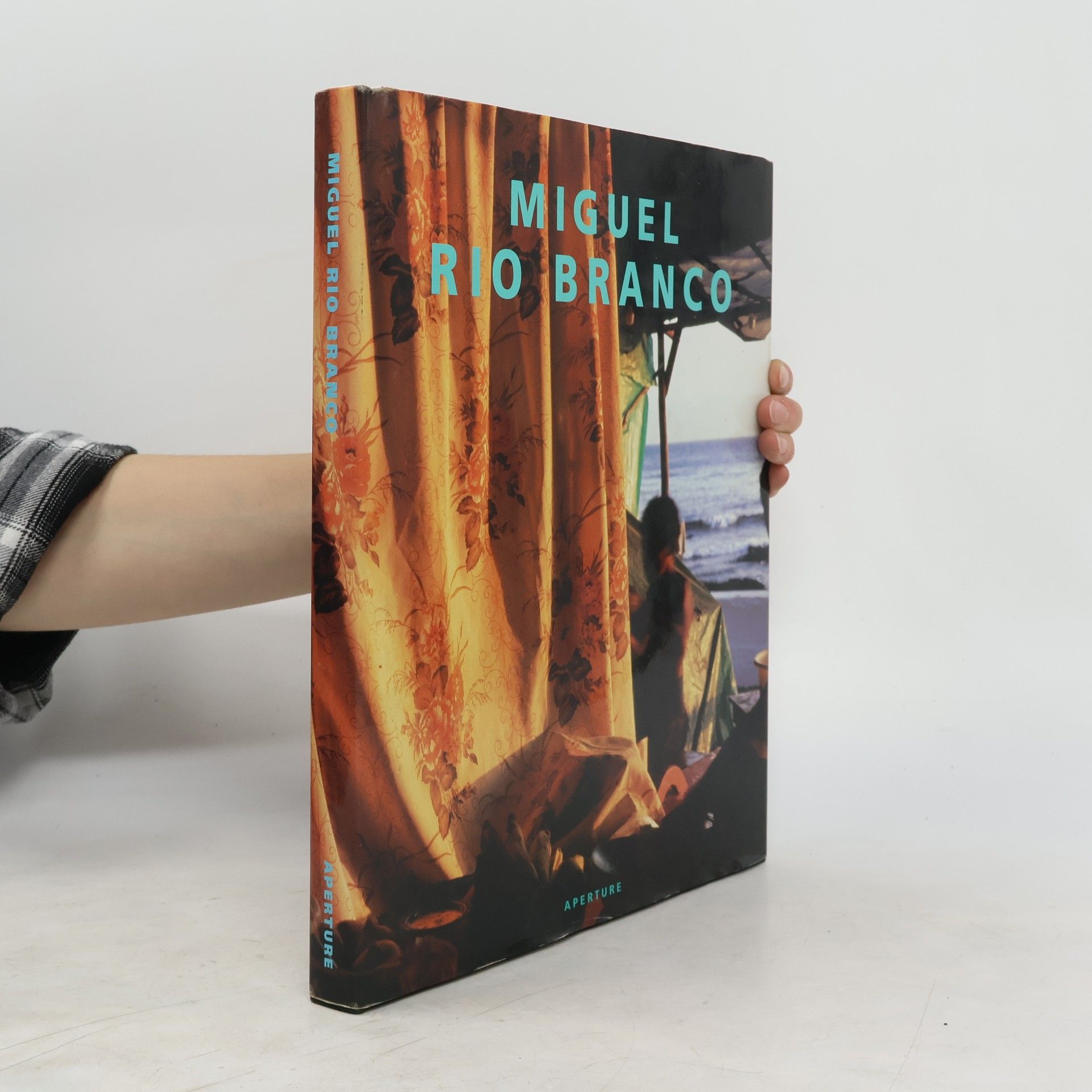Sebastiao Salgado's haunting black-and-white photographs from the GENESIS project record landscapes and people unchanged in the devastating onslaught of modern society and development. Salgado calls GENESIS "my love letter to the planet."
Sebastiao Salgado Boeken
Sebastião Salgado is een fotograaf wiens werk zich richt op het afbeelden van de wereld in al zijn diversiteit. Zijn lens legt de mensheid vast in haar talloze vormen en omgevingen, van de harde realiteit van arbeid tot de serene schoonheid van ongerepte natuur. Salgado verkent vaak thema's als migratie, sociale rechtvaardigheid en de delicate relatie tussen mens en land. Zijn kenmerkende zwart-witstijl en epische reikwijdte geven zijn beelden een krachtige emotionele resonantie. Met zijn werk nodigt hij kijkers uit om na te denken over onze plaats in de wereld en de verantwoordelijkheid die we dragen jegens de planeet en haar bewoners.






Africa
- 335bladzijden
- 12 uur lezen
Sebastião Salgado hat seit Anbeginn seiner Laufbahn in Afrika gearbeitet. Seine erste Reportage in Niger entstand in den 1970er Jahren, damals berichtete er von den Unabhängigkeitskriegen in Angola, Mosambik und Spanisch-Sahara. Seither hat er Katastrophen fotografiert, die Afrikas Bevölkerungen ereilten, die Dürre in Äthiopien, Sudan und Tschad, den Völkermord in Ruanda, Tausende von Flüchtlingen zusammengepfercht in notdürftigen Lagern, auf den Straßen verhungernd, verdurstend oder dahingerafft von Epidemien. Er fotografierte die Afrikaner aber auch bei Ackerbau und Fischerei und porträtierte jene, die nach langen Jahren des Exils in ihre Heimat zurückkamen. In jüngerer Zeit ist Sebastião Salgado nach Afrika zurückgekehrt, um den Stolz und die Schönheit dieses Kontinents in Bildern festzuhalten: die Dünen und das Volk der Himba in Namibia, die Dinka im Süden Sudans, die in den Bergen lebenden Gorillas und das Virunga-Gebiet mit seinen Vulkanen in Ruanda, der demokratischen Republik Kongo und Uganda. Die Aufnahmen sind Teil des laufenden Projekts Genesis – fotografische Serien in Schwarzweiß von Landschaften, Fauna, Flora und menschlichen Gemeinschaften. Diese Arbeit ist angelegt als eine Erforschung der noch im Urzustand befindlichen Natur.
Workers. An archaeology of the industrial age
- 400bladzijden
- 14 uur lezen
This book is a global epic that transcends mere image-making to become an affirmation of the enduring spirit of working women and men. Sebasti�o Salgado unearths layers of visual information to reveal the ceaseless human activity at the core of modern civilization. With extended captions by the photographer providing a historical and factual framework for the images, the book is divided into six essential chapters: Agriculture, Food, Mining, Industry, Oil and Construction. Though an elegy for the passing of traditional methods of labour and production, Workersultimately delivers a dynamic message of endurance and hope through an aestheticism that is instantly arresting, irrespective of time and place.
The book captures Sebastiao Salgado's poignant fifteen-month project documenting the severe drought in the Sahel region of Africa during the 1980s, where millions faced extreme malnutrition. Collaborating with Doctors Without Borders, he portrayed both the suffering and dignity of refugees, setting a precedent for his future humanitarian photography. The black-and-white images emphasize the stark realities of poverty, conflict, and environmental degradation, highlighting the ongoing disparity between the world's affluent and impoverished. Thoughtful narratives complement this powerful visual testimony.
From My Land to the Planet
- 175bladzijden
- 7 uur lezen
The Salt of the Earth is an award-winning documentary by Wim Wenders, inspirated by From my Land to the Planet.
In The Refugees and Migrants , Sebastiano Salgado gives us portraits of children under the age of 15 from Mozambique, Rwanda, Croatia, Burundi, Hong Kong, Indonesia, Vietnam, India, Brazil, Afghanistan, Iraq, Turkey, Angola, and many other countries who will bear the burden of an uncertain future. Part of a major exhibition at the United Nations in New York City during the Millenium Assembly in 2000, The Children is a companion volume to Salgado's Migrations.
Sebastião Salgado. An Uncertain Grace
- 158bladzijden
- 6 uur lezen
From a Brazilian mine where 50,000 mud-covered men haul heavy bags of dirt up and down slippery ladders in search of a stray nugget of gold, to a former lake in western Africa now swallowed by the encroaching desert, where emaciated, starving people walk over its surface of sand, photographer Sebastião Salgado explores the live of the planet's often ignored people with a critical eye and an empathetic heart.
The long-awaited first retrospective of the Brazilian photographer Miguel Rio Branco.The deep, succulent color of Miguel Rio Branco's images reflects the richness and complexities of contemporary Latin America; Rio Branco has received wide acclaim for his projects on boxers, Brazilian children, and Cuba. Through his mastery of layering with both color and light, Rio Branco reveals hidden and forbidden segments of his surroundings, illuminating the unspoken and the instinctual. By focusing on the textures of fur and feathers, the flesh of slaughtered animals, or languid human bodies, he captures the cultural layers around him and provides a provocative vision of Latin America.Drawn from thirty years of work, these photographs display the talent for visual construction that Rio Branco utilized in his direction of more than twenty films. His remarkable conception of installation is a skill attributed to his formal training as a painter. The author, poet, and art commentator David Levi Strauss notes that "Rio Branco's colors seep out of their borders like bodily fluids, staining and contaminating everything around them. Bodies, bindings, wounds, and walls are wet with color. Even his mirrors bleed. Rio Branco's is an art of contamination, contagion, and corrosion, but also of resistance and transcendence."
Sebastiao Salgado: From My Land to the Planet
- 176bladzijden
- 7 uur lezen
Sebastião Salgado's work captures the essence of humanity through striking black and white portraits of workers and refugees, culminating in his Genesis project that showcases untouched natural landscapes. With a blend of storytelling and personal reflection, he shares his journey and beliefs, revealing the emotional depth behind his photography. The book offers a glimpse into diverse global narratives, from Africa to the Americas, and highlights significant initiatives like Instituto Terra and Magnum Photos, illustrating the intersection of art, activism, and compassion.
"For six years Sebastião Salgado traveled the Brazilian Amazon and photographed the unparalleled beauty of this extraordinary region: the rainforest, the rivers, the mountains, the people who live there--this irreplaceable treasure of humanity in which the immense power of nature is felt like nowhere else on earth"-- Provided by publisher


